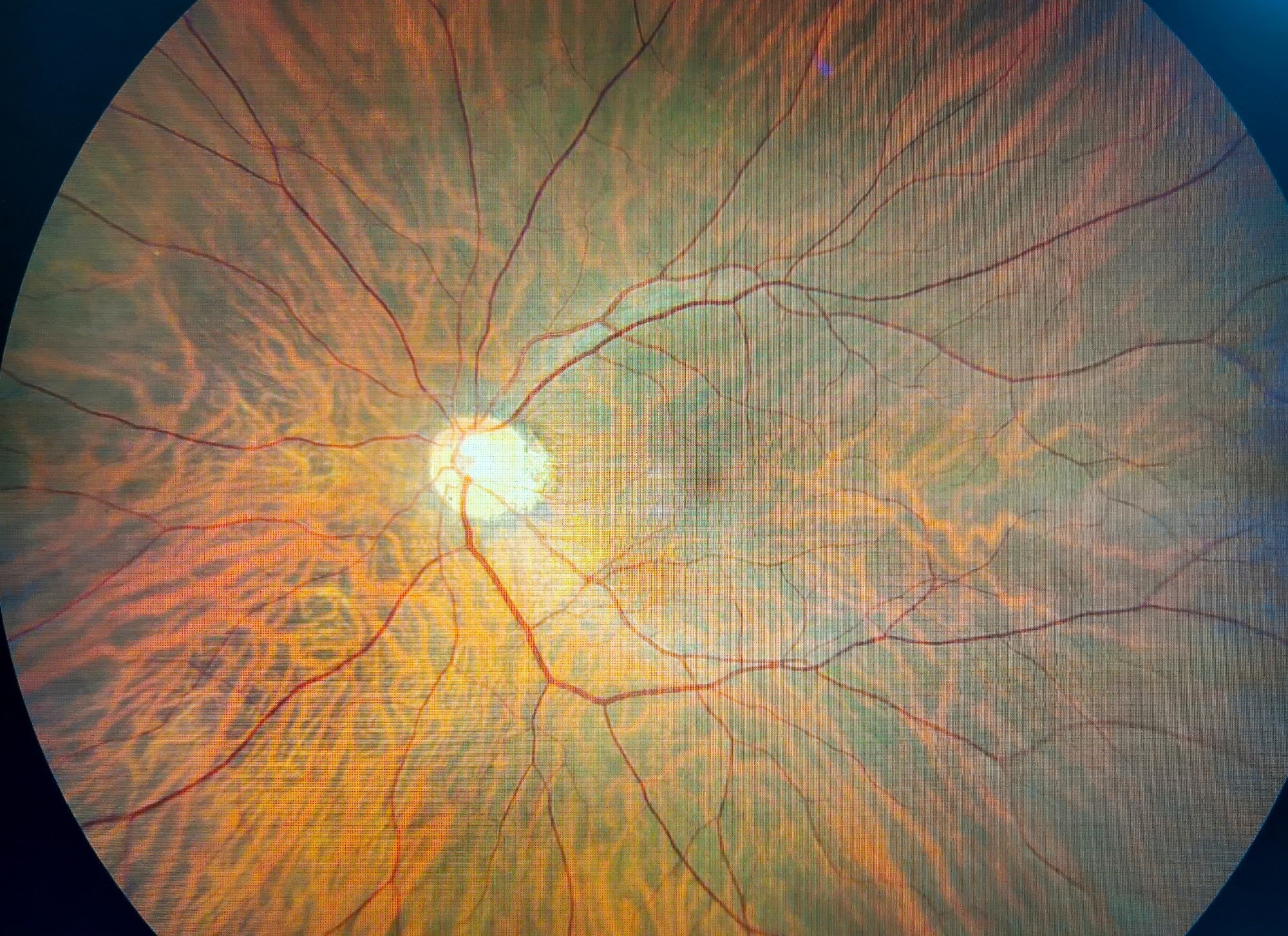In a recent study published in the Frontiers journal, researchers assessed the role of lutein nanodisks against ultraviolet (UV) light-induced damage to retinal cells.
 Study: Lutein nanodisks protect human retinal pigment epithelial cells from UV light-induced damage. Image Credit: Monet_3k/Shutterstock
Study: Lutein nanodisks protect human retinal pigment epithelial cells from UV light-induced damage. Image Credit: Monet_3k/Shutterstock
Age-related macular degeneration (AMD) accounts for 8.7% of blindness across the globe. Studies have attributed this adverse impact to increased life expectancy, genetics, tobacco smoke, chronic inflammation, and oxidative stress. The most commonly experienced form of AMD is the dry or non-exudative type caused by the degeneration of retinal pigment epithelial (RPE) cells, resulting in secondary photoreceptor cell death and subsequent loss of vision. There is an urgent need to develop therapies to restore vision in AMD patients.
About the study
In the present study, researchers demonstrated the effectiveness of lutein nanodisk (ND) as a novel lutein delivery system against UV light-induced damage related to AMD.
The team assessed the relative ability of the components of various ND formulations to impact the solubility of lutein in phosphate-buffered saline (PBS) using solubilization efficiency experiments. Specific ND components were incorporated with lutein, followed by the removal of insoluble material to estimate lutein content. Additionally, the impact of incorporating ND on the spectral aspects of lutein was assessed by analyzing UV/Vis absorbance spectra. Furthermore, the particle size of lutein ND was characterized by fast protein liquid chromatography (FPLC) gel filtration chromatography.
Moreover, the efficiency of lutein ND as a delivery vehicle was estimated by incubating retinal pigment epithelial-19 (ARPE-19) cells with only media and with only lutein ND-containing media and analyzing for lutein.
Results
The study showed that lutein showed complete solubility in solution mixtures containing PBS. The solubilization efficiency observed in solutions comprising lutein along with recombinant human apolipoprotein (apoA-I) was 19%, while that for lutein with egg yolk phosphatidylcholine (EYPC) was 37%, while the same in solutions containing lutein, apoA-I, and EYPC was almost 90%. Hence, an aqueous soluble lutein ND was developed only when the formulation mixture comprises a bilayer with apolipoprotein and phospholipid scaffold protein.
The UV/Vis absorbance spectra showed that in ethanol, lutein displayed the characteristic absorbance maxima when γ = 424, α = 445, and β = 472 nm. On the other hand, insignificant absorbance was detected for this range of wavelength in control ND. The spectra corresponding to lutein ND resulted in a similar pattern as was observed for lutein in ethanol. In contrast to the values noted for lutein in an organic solvent, its characteristic absorbance maxima were red-shifted. The team noted that the red shift associated with the absorbance maxima for lutein ND with PBS, as compared to free lutein with ethanol, was due to a variation in environmental conditions.
Chromatograms corresponding to lutein ND resulted in a major 28 nm peak that eluted from 8.2 to 10.2 ml with a minor absorbance peak that eluted between 12.2 and 14.2 ml. The major peak detected had 99% of lutein, while over 99% of the phospholipid was detected in the major absorbance peak. This elution pattern suggested that the minor absorbance peak corresponded to apoA-I that was not incorporated into ND, and the major peal was associated with lutein ND. Comparing this major peak to protein standards revealed a particle size between 200 kDa and 300 kDa. FPLC showed a homogeneous population of ND in the ND formulation mixture.
Moreover, the incubation of ARPE-19 with control and lutein ND-containing media showed that the latter had 35% ± 13.4% more lutein per mg cell protein than the former. Furthermore, cell viability measurements found that cells incubated with control media had a remarkable decrease in cell viability. In contrast, cells incubated with lutein ND had lutein concentration-dependent elevation in cell viability. Additionally, incubation of ARPE-19 cells without EYPC rHDL (reconstituted high-density lipoprotein) with 2 hours of UV irradiation exposure led to approximately 50% reduction in cell viability. On the other hand, UV irradiation of ARPE1-9 cells after lutein ND incubation showed comparable cell viability to that observed in the absence of UV light.
Overall, the study findings showed that the incorporation of lutein into nanodisks remarkably improved the solubility of lutein. Additionally, lutein delivery via lutein ND into retinal pigment epithelial cells resulted in an increase in lutein content in the cells.